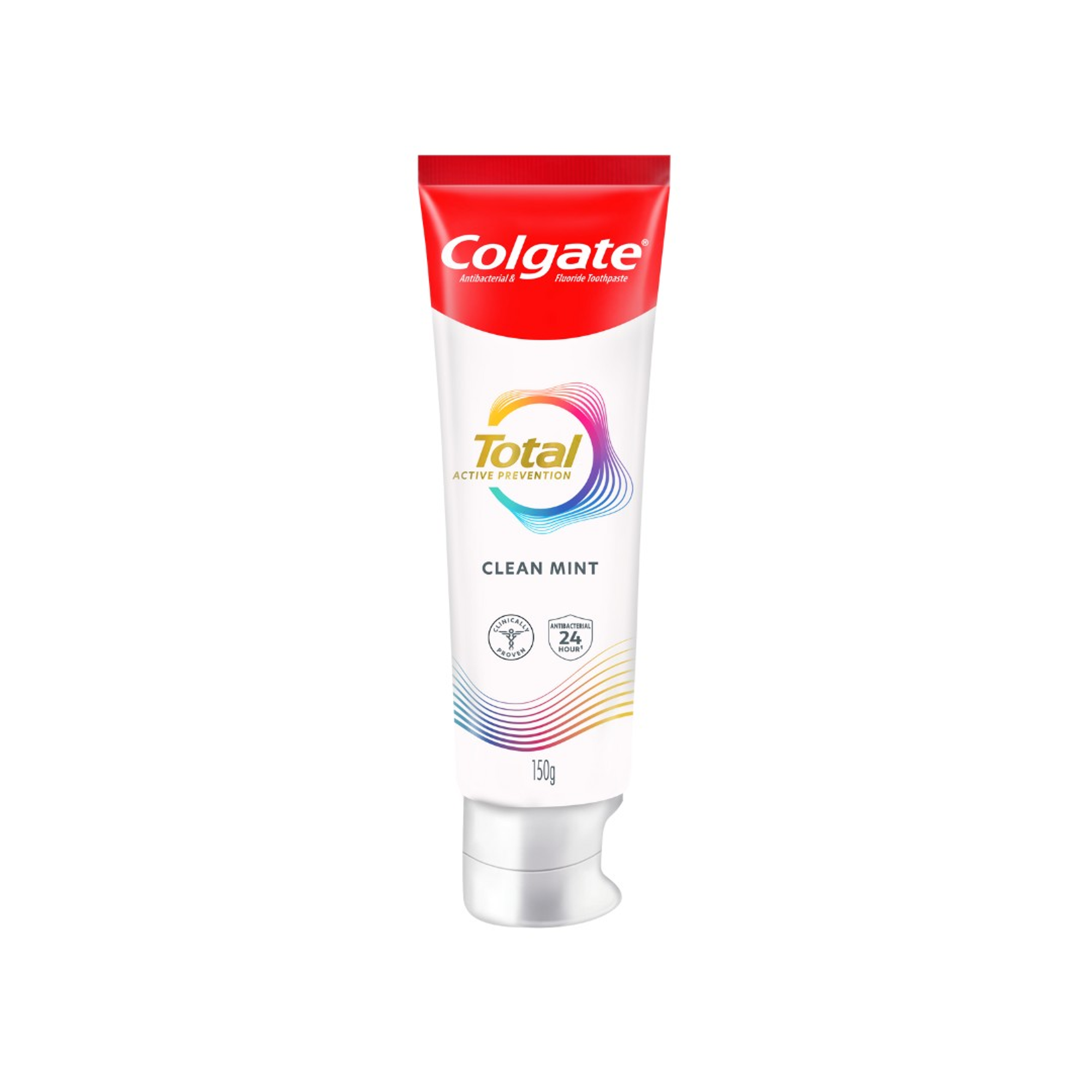-
-

ADULT ORTHODONTICS
Should You Use Mouthwash Before or After Brushing?Brushing and flossing are the foundation of a good oral hygiene routine, but mouthwash can also be a useful addition...

SELECTING DENTAL PRODUCTS
Soft Vs. Hard Toothbrush: Which One Should You Use?The toothbrush has come a long way. As the American Dental Association (ADA) notes...
-
Science & Innovation
- Oral Health and Dental Care | Colgate®
- Oral Health
- Adding Flossing to Your Routine


Is Flossing Important?
Well, it turns out that this part of your daily routine is worth every second. Since your toothbrush can't reach everywhere in your mouth (namely between your teeth), flossing daily is the best way to remove any remaining food particles and plaque to prevent decay from forming on your teeth and gingivitis (inflammation of the gum tissue) between your teeth. As an added bonus, it also helps prevent bad breath since it can keep bacteria from forming in those tough-to-reach spots.
Flossing is important in maintaining healthy gums and preventing periodontal disease, as well. Your oral health is connected to your physical health, and not brushing or flossing can make you susceptible to infection. You can read more about the benefits of flossing.
What Is a Good Flossing Routine?
You may find yourself asking, "should I floss daily?" Well, according to dental professionals, you should floss at least once a day to remove any food and plaque from between the teeth and along the gumline.
Flossing is easiest with waxed floss, as it won't shred between the teeth. You should also use a soft-bristle toothbrush at least twice daily with fluoride toothpaste to remove plaque, reduce gingivitis, prevent cavities, and provide your mouth with an overall clean, healthy feeling.
Besides acknowledging that daily flossing is a good habit, how can you willingly add it to your routine if you have trouble with traditional dental floss? There are several options one can use to clean between the teeth. The first is floss picks and floss holders. These handy contraptions are easy to use, quick, and neat. For people who have space, consider proxabrushes, which have a handle and a brush that is used to clean between teeth. At the end of the day, you must admit how refreshed and just-been-to-the-dentist your mouth feels after good flossing.
What Are the Risks of Not Flossing?
When you don't floss, you're at risk for two major dental issues in your mouth: Gingivitis and cavities between your teeth. Without flossing, you are not able to remove dental plaque buildup. According to the National Institutes of Health, there are over 700 species of bacteria in your mouth. These bacteria can irritate the gum tissue, causing it to become red and inflamed and bleed easily, breeds more bacteria, and causes gingivitis to occur.
Another risk of not flossing is that cavities are more likely to form between your teeth. The same dental plaque that causes gingivitis can lead to the growth of harmful bacteria that will destroy the enamel between your teeth, consequently forming a cavity.
Just like your dentist and dental hygienist has been telling you for years, flossing really does make a difference. But with new appliances making flossing cleaner and quicker, adding it to your daily routine is easier than ever.
Related Articles


Bleeding gums are a common sign of gum issues. Discover what causes them and how to treat each cause effectively to protect your oral health

A periodontal abscess is a painful gum infection caused by bacteria in deep pockets around teeth, linked to swelling, redness, and severe discomfort.
Related Products

Helping dental professionals
More professionals across the world trust Colgate. Find resources, products, and information to give your patients a healthier future








